Share:
Take it offline!
This Education in Motion resource is also available as a printable PDF.
Download PDF
Incorporating characters with disabilities into television series, films, toys or children's stories can be a good example of how to normalise disability from a young age. The stories that we have included below deal with disability either directly as their central theme or simply by including characters whose disabilities are incidental.
What do children learn thanks to stories about disability?
Simply imparting knowledge and information is not enough to teach children nowadays. Our world demands that we educate them on other fundamental values in order to work towards achieving a truly accessible and equal society.
In this sense, stories that deal with disability possess an important power to both instruct and to normalise, hence their importance when it comes to teaching the very youngest children. Respect, solidarity and tolerance are the fundamental values that commonly appear, to which we can add companionship and the sense of friendship, justice or equality.
In addition, thanks to these types of materials, children can learn:
- What a disability is.
- The types of disabilities there are.
- The personalised assistance that the people who have them require.
- That those who live with these disabilities can be friends, schoolmates, neighbours or members of their own family.
Also, stories that deal with disability allow for certain stereotypes to be broken when it comes to portraying those that have them, be they physical or mental.
The charity Scope has published a number of titles that include both story and picture books for children that are suitable for a range of ages. Some can be downloaded for free from their website whilst others are available to order for Kindle or in paperback.
Below are just a few of the titles that are currently available:
Celine's New Splints
Celine’s New Splints is a story to help parents explain the purpose of wearing splints, as well as how to help make younger children feel better about using them.
|
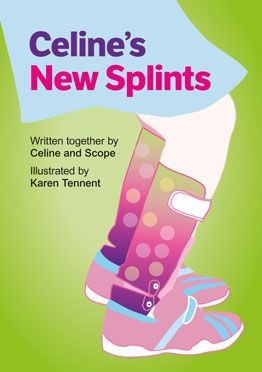 |
Haylee's Friends
Haylee’s Friends was written by Emma Birch, whose daughter suffers from cerebral palsy. The book aims to explain the equipment that Haylee uses such as wheelchairs and walking aids, as well as touching upon some of the issues that she encounters in her day to day life.
|
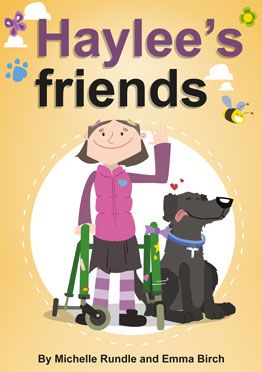 |
My Brother is an Astronaut
My Brother Is An Astronaut is told from the perspective of big sister Lucy, whose little brother Jake sees the world somewhat differently to everyone else due to his sensory needs. Lucy explains in this easy to follow tale of how her brother lives on ‘Planet Jake’ and the effect his behaviour has on those around him.
|
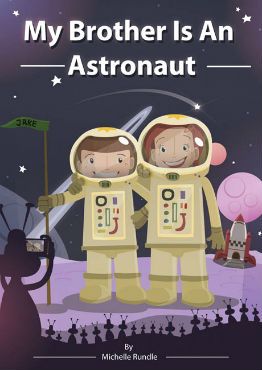 |
Best Friends
Amongst some other generally available titles, Best Friends was written by Sheri Safran and follows the adventures of two best friends. Undeterred by one of them being in a wheelchair, they share make-believe adventures as astronauts, pirates and explorers, as well as enjoying activities such as swimming and basketball together, beautifully illustrated by Mark Chambers.
|
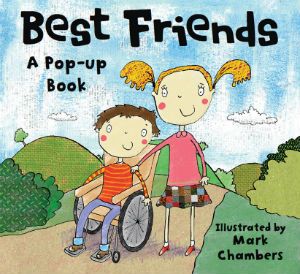 |
Seal Surfer
Seal Surfer by Michael Foreman is a story of a boy and his grandfather who befriend a seal that they watched grow from a pup after a precarious birth on the rocks. Despite the disability that means he uses a wheelchair on land, the boy is a keen surfer and spends much of his time in the water. Getting into trouble in the surf one day, he has to be rescued by the young seal, strengthening their growing friendship in a book that tells a touching story of overcoming the odds without overstating the use of the wheelchair used by the central character.
|
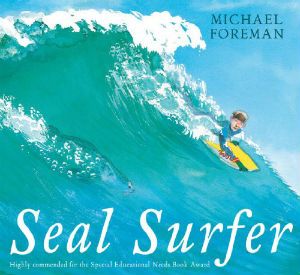 |
A Different Life
A Different Life by Lois Keith is aimed at a teenage audience but its themes can be appreciated by adults alike. It is the account Libby, an ordinary girl with ordinary aspirations and concerns until she contracts an illness after swimming in the sea that renders her incapable of walking. As well as the changes in Libby’s day to day life, the book is an insightful first person account of coping with the changes that disability can bring, that not only touches upon Libby’s feelings, but details the reactions of those around her and how she feels she is perceived.
|
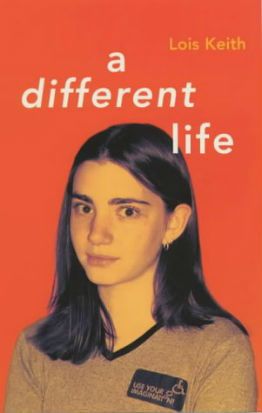 |
Max the Champion
Max The Champion by Sean Stockdale and Alexandra Strick has been wonderfully illustrated by Ros Asquith to show children of different ages, backgrounds and abilities participating in sport. Although the story focuses on Max and his various sporting dreams, such as winning the World Cup when playing with friends or imagining his breakfast bowl as being an Olympic pool, the book’s portrayal of other children’s disabilities is relatively casual, showing them all indulging in activities, whether they have guide dogs, shin splints or wheelchairs. The fact that Max himself wears a hearing aid is only revealed later in the story and does not diminish his appetite for staying active or dreaming of his future successes.
|
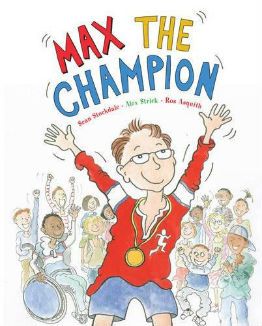 |
The Spanish ONCE Foundation (Fundación ONCE) has a collection of free online resources that are available in a number of languages, including English. Among them are stories such as Nacho Pista Tennis Player, Aitor Aviator, Rosalía The Spy, Amador Actor, Aurora Broadcaster, Silvina Dancer, Pablo García Policeman and Regina The Cooking Whiz, with each tale centred on a child with disabilities. In the case of Aneta The Poet, the story deals with a young girl who likes to write poetry, reciting it as a means of overcoming her problematic stutter. Written by Eva Latonda and illustrated by Maru García, they also contain activity packs that children can print and colour in.
At Sunrise Medical we keep even the youngest children in mind when it comes to helping them set out on their own adventures with our ZIPPIE wheelchair range, including tilt in space chairs that can be used either at home or at school, that have been designed to be adjusted to any table or play area.